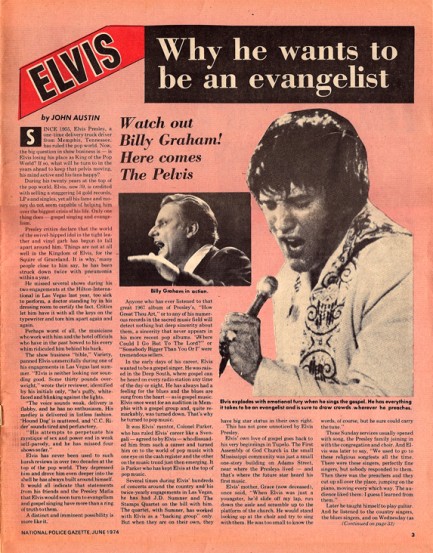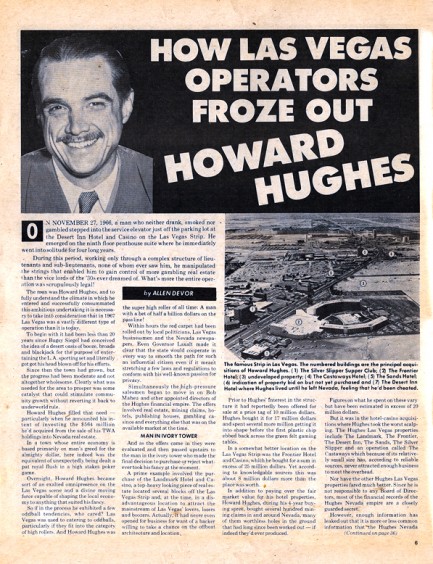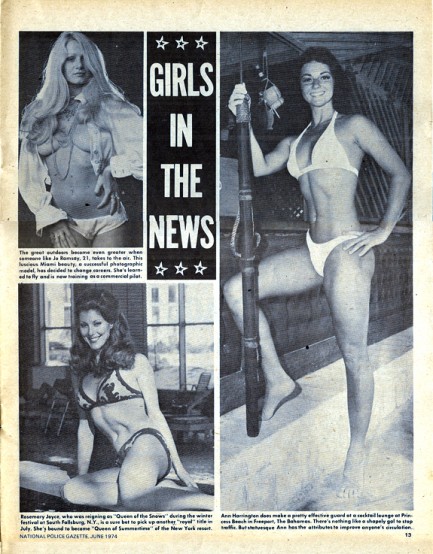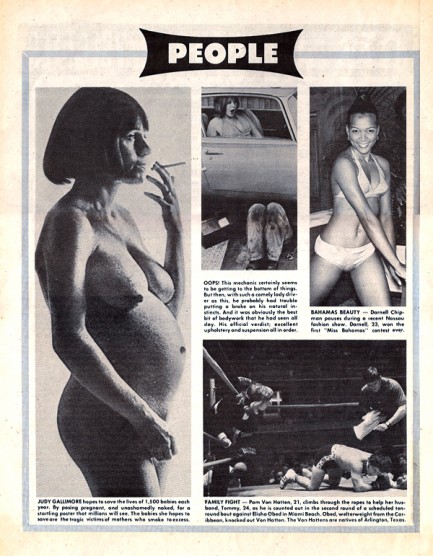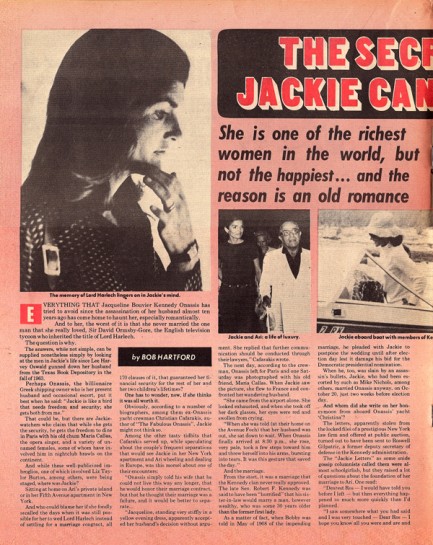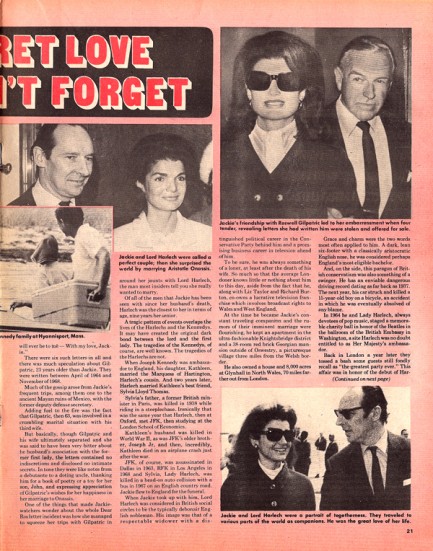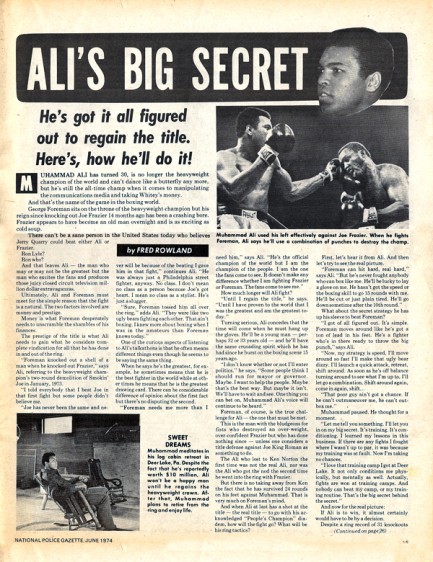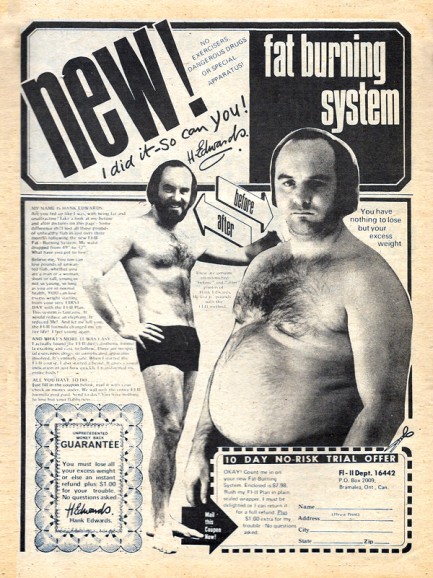| Intl. Notebook | Jan 20 2019 |

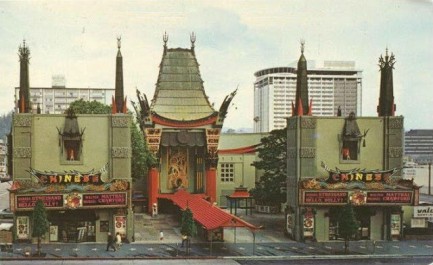
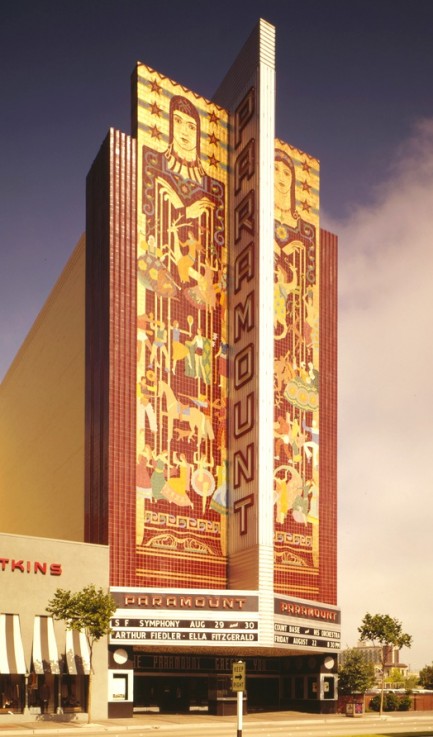 Paramount Theatre, Oakland (operational).
Paramount Theatre, Oakland (operational).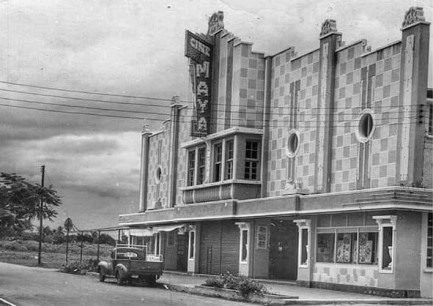 Cine Maya, Mérida (demolished).
Cine Maya, Mérida (demolished).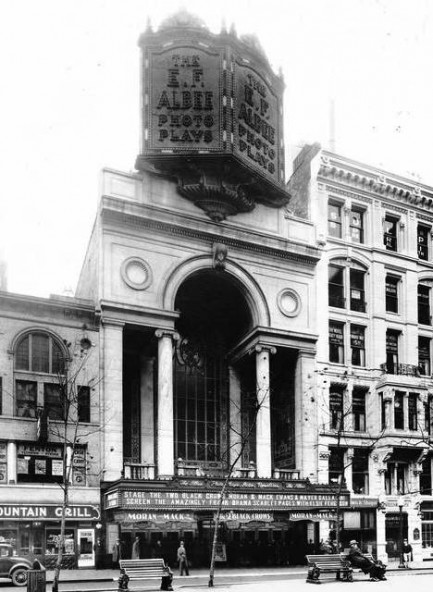 The Albee Cinema, Cincinnati (demolished)
The Albee Cinema, Cincinnati (demolished)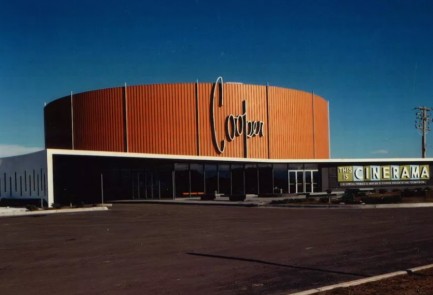 Cooper Theatre, Denver (demolished).
Cooper Theatre, Denver (demolished).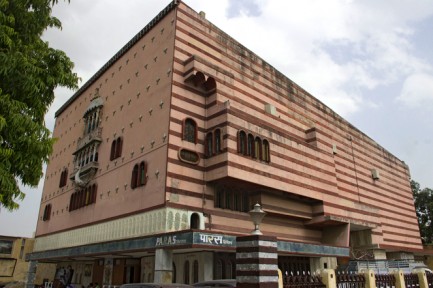 Paras Cinema, Jaipur (operational).
Paras Cinema, Jaipur (operational).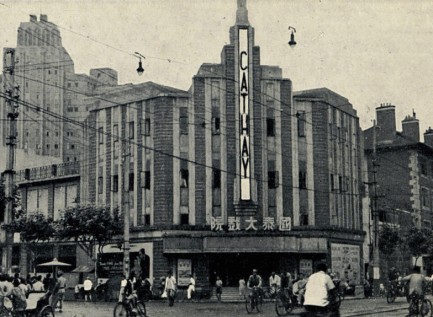 Cathay Cinema, Shanghai (operational).
Cathay Cinema, Shanghai (operational).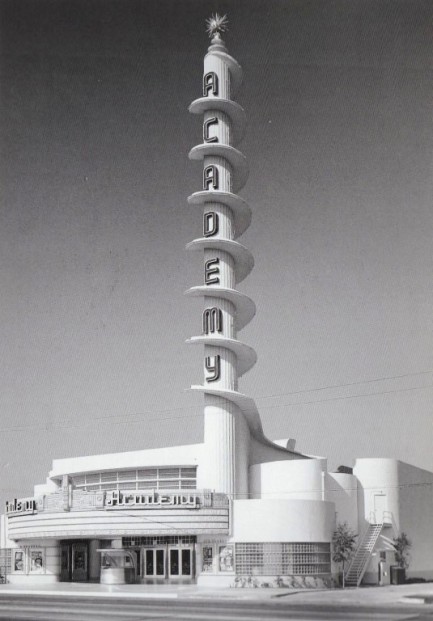 Academy Theatre, Los Angeles (operational).
Academy Theatre, Los Angeles (operational).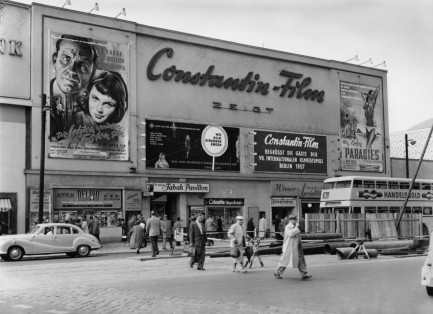 Charlottenburg Filmwerbung, Berlin (demolished).
Charlottenburg Filmwerbung, Berlin (demolished).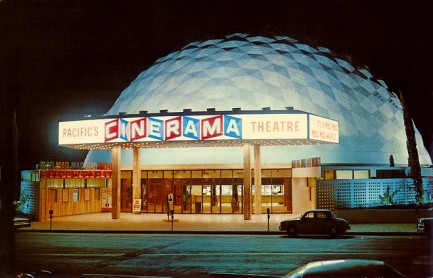 Pacific's Cinerama Theatre, Los Angeles (operational).
Pacific's Cinerama Theatre, Los Angeles (operational).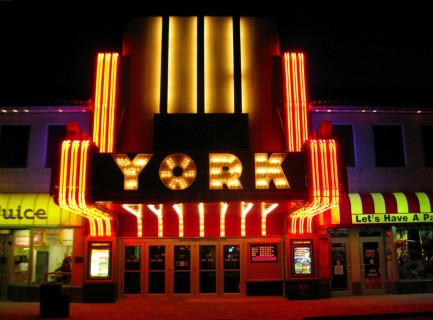 York Theatre, Elmhurst (operational).
York Theatre, Elmhurst (operational).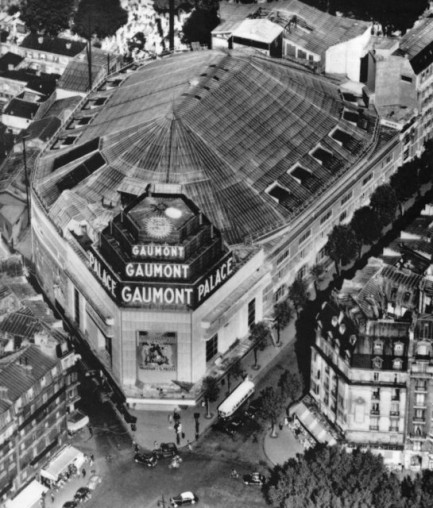 La Gaumont-Palace, Paris (demolished).
La Gaumont-Palace, Paris (demolished).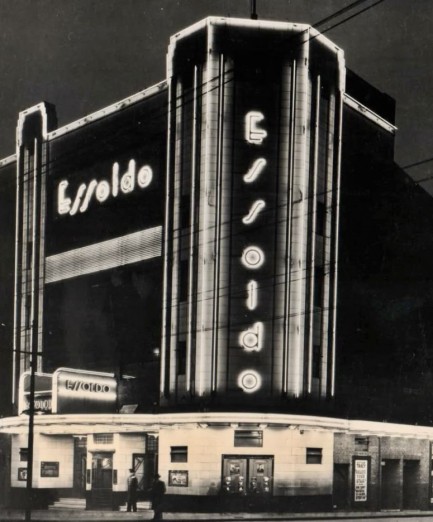 Essoldo Cinema, Newcastle (demolished).
Essoldo Cinema, Newcastle (demolished).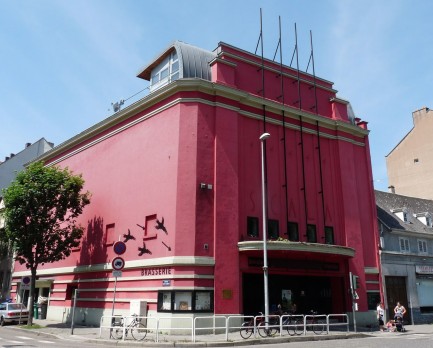 Théâtre Scala, Strasbourg (operational).
Théâtre Scala, Strasbourg (operational).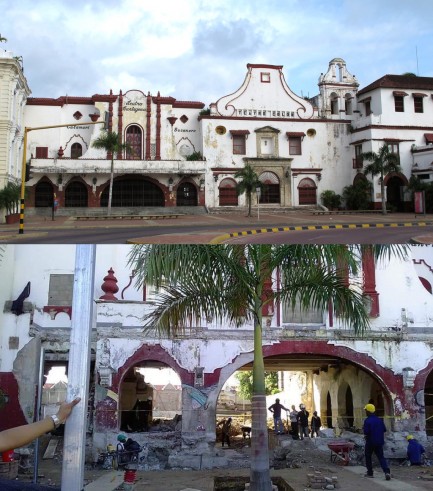 Teatro Colón, Cartagena (demolished in 2018).
Teatro Colón, Cartagena (demolished in 2018).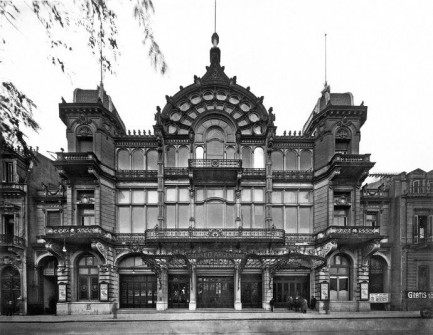 Teatro Coliseo Argentino, Buenos Aires (demolished).
Teatro Coliseo Argentino, Buenos Aires (demolished).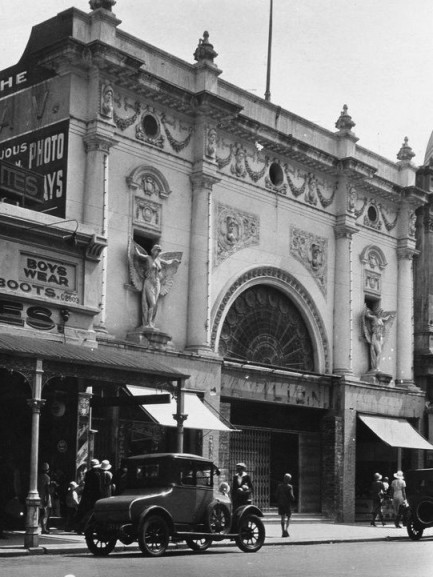 Pavilion Theater, Adelaide (demolished).
Pavilion Theater, Adelaide (demolished).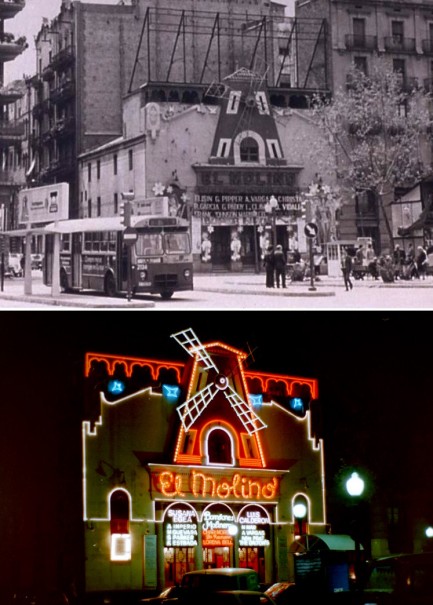 El Molino Teatro, Barcelona (operational).
El Molino Teatro, Barcelona (operational).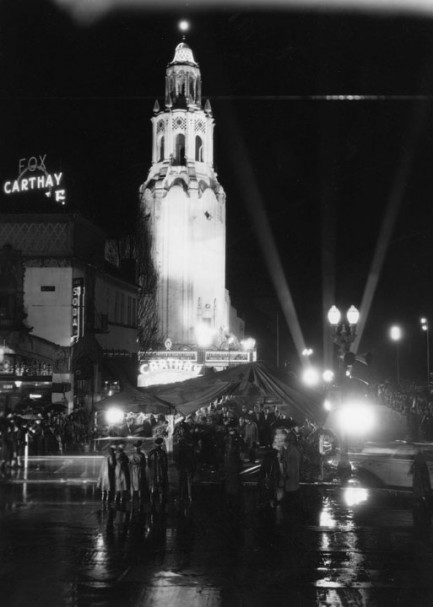 Fox Carthay Theatre, Los Angeles (demolished).
Fox Carthay Theatre, Los Angeles (demolished).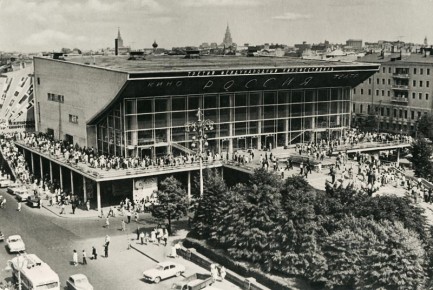 Kino Rossiya Teatr, Moscow (operational).
Kino Rossiya Teatr, Moscow (operational).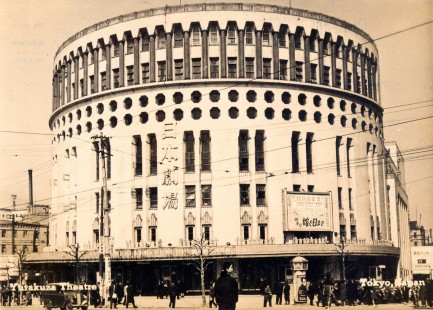 Nippon Gekijo, aka Nichigeki, Tokyo (demolished).
Nippon Gekijo, aka Nichigeki, Tokyo (demolished). Cine Impala, Namibe (operational).
Cine Impala, Namibe (operational).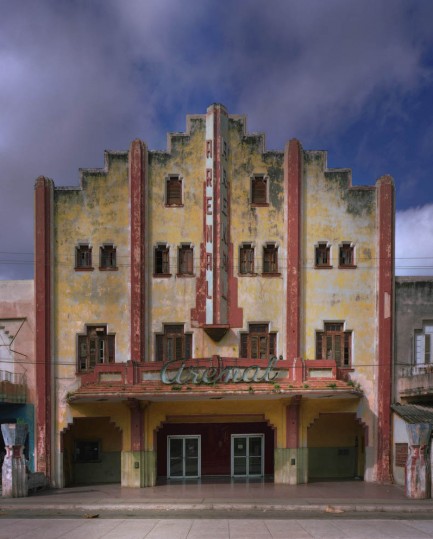 Cine Arenal, Havana (operational).
Cine Arenal, Havana (operational).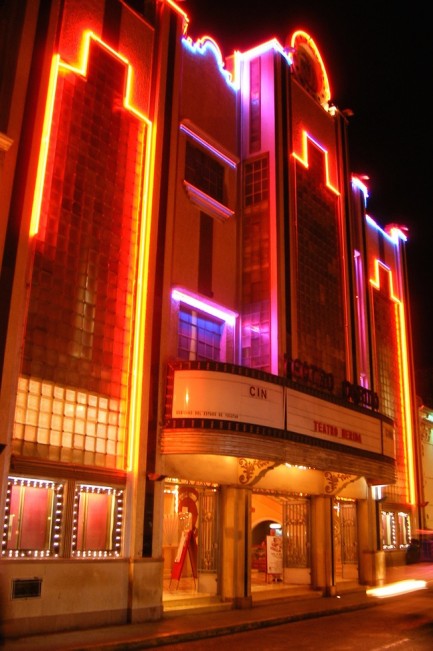 Teatro Mérida, Mérida (operational, renamed Teatro Armando Manzanero).
Teatro Mérida, Mérida (operational, renamed Teatro Armando Manzanero).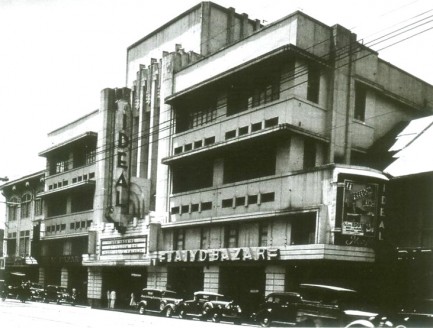 Ideal Theater, Manila (demolished).
Ideal Theater, Manila (demolished).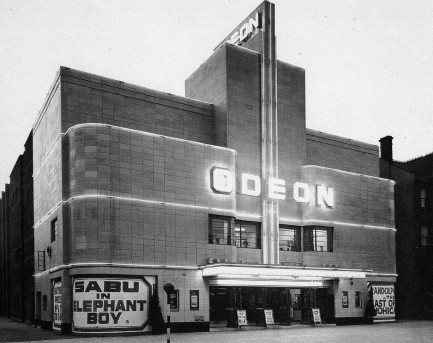 Odeon Cinema, London (semi-demolished, converted to apartments).
Odeon Cinema, London (semi-demolished, converted to apartments).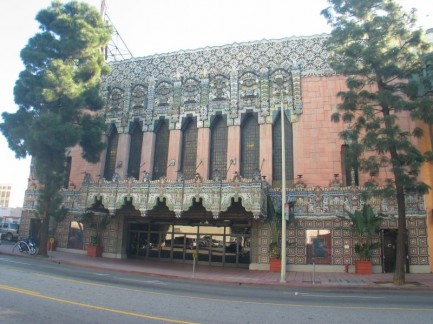 Mayan Theatre, Los Angeles (operational).
Mayan Theatre, Los Angeles (operational).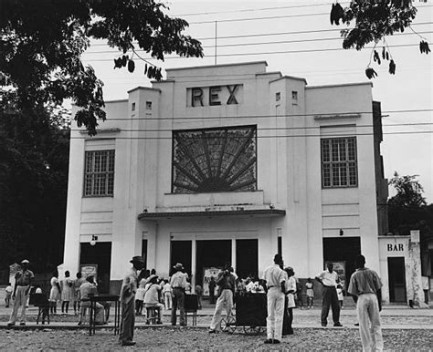 Rex Cinema, Port au Prince (being restored).
Rex Cinema, Port au Prince (being restored).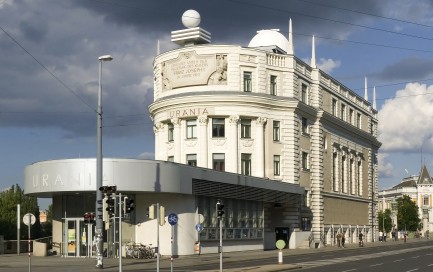 Urania Kino, Vienna (operational).
Urania Kino, Vienna (operational).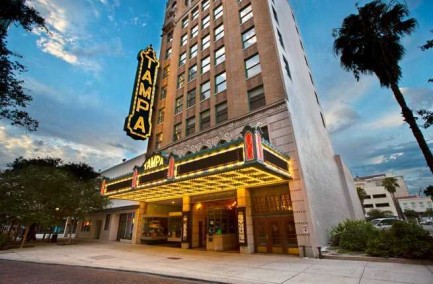 Tampa Theatre, Tampa (operational).
Tampa Theatre, Tampa (operational).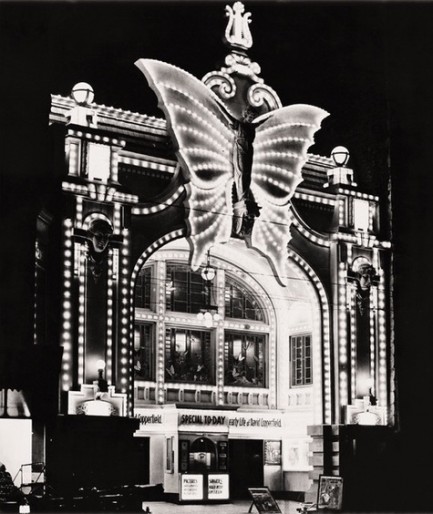 The Butterfly Theater, Milwaukee (demolished).
The Butterfly Theater, Milwaukee (demolished).| Vintage Pulp | Apr 4 2017 |

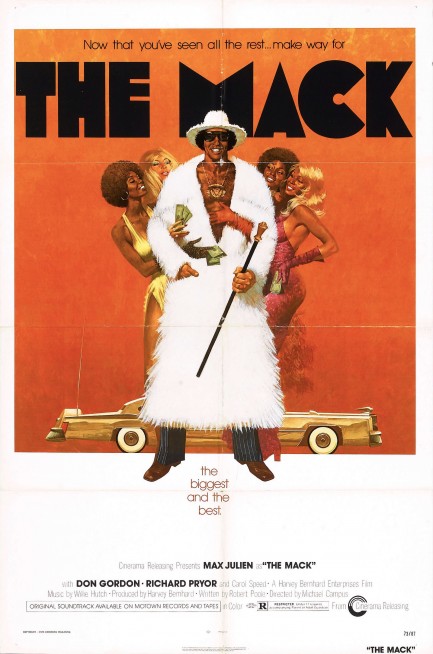
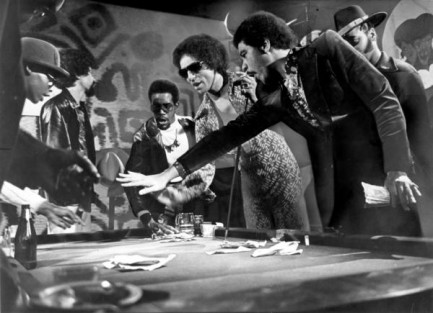
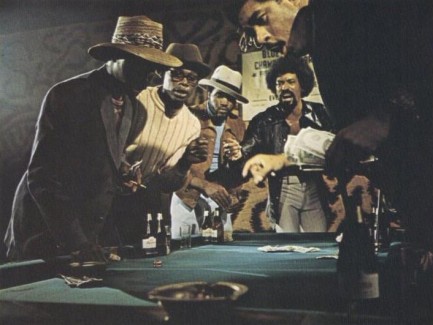
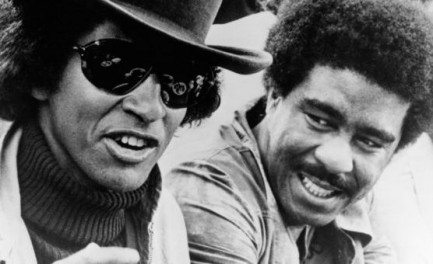 into question whether the police actually exist for the good of the community at all, or for a more complex purpose—say to protect the interests of elites by both containing crime and hemming in the possibility of political empowerment. Actually, the question is rhetorical. We've been to many countries, and in all of them police suppress political activity among the underclass. So yeah, there's more to The Mack than just pimping.
into question whether the police actually exist for the good of the community at all, or for a more complex purpose—say to protect the interests of elites by both containing crime and hemming in the possibility of political empowerment. Actually, the question is rhetorical. We've been to many countries, and in all of them police suppress political activity among the underclass. So yeah, there's more to The Mack than just pimping.The movie was actually inspired by the real life struggle between the Ward Brothers, who were leaders of Oakland's black underworld, and the Black Panthers. Both groups wanted to bring Oakland under their respective control for opposite reasons. Film critic Elvis Mitchell described The Mack succinctly in 2013, saying: “Do you become this horrible kind of mutation of free enterprise, or do you take the nationalist route and help your people?” But the Oakland police ultimately considered power achieved through crime and power achieved through politics to be equally unacceptable. And that may be the entire disturbing point of the film. The Mack premiered in the U.S. today in 1973, and the awesome poster was painted by Fred Pfeiffer.
| Vintage Pulp | Dec 1 2016 |

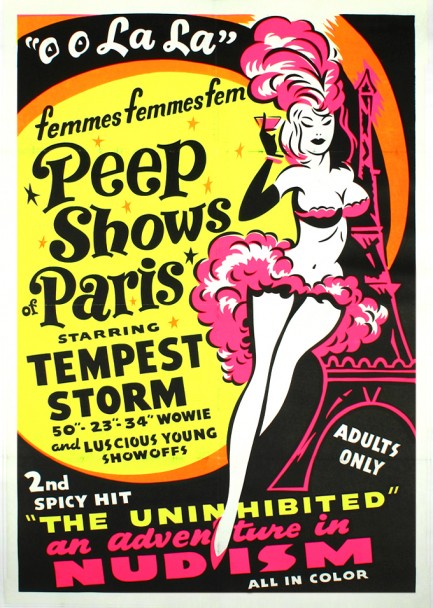
And speaking of repeating ourselves, above you see a poster for the documentary The French Peep Show, which on this promo is called Peep Shows of Paris. Same movie though, and it starred Tempest Storm, a young exotic dancer trying to make it big with her fifty inch bust (see below). We talked about the movie last year and shared a killer poster made for its run in Japan in 1954. We suggest having a look at that. As far as the release date goes, most sources say the film first played in 1952, but IMDB says it was today in 1949 in Oakland, California. Why the discrepancy? We don't know. Meyer shot the footage at the El Rey Theater, which was in in Oakland, so perhaps IMDB knows something about the footage being projected back in ’49 before he packaged it for a wider run.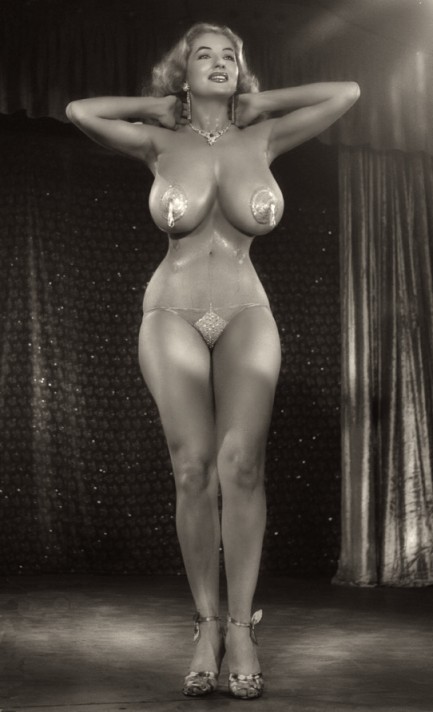
| Vintage Pulp | Aug 4 2016 |

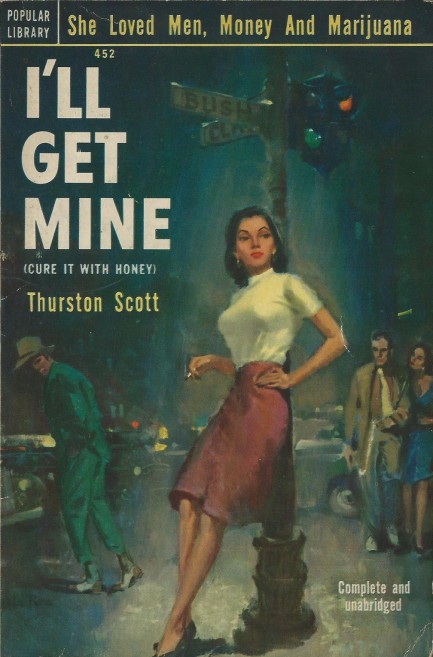
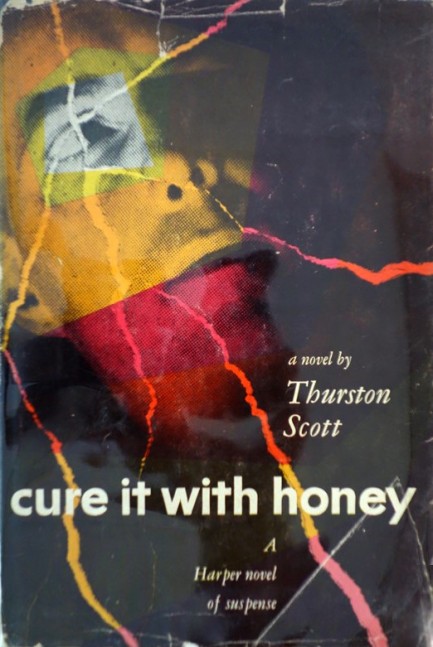 Set initially at San Quentin Prison, then in the wider environs of Oakland, California, I'll Get Mine follows a do-gooder prison shrink down the rabbit hole of Latino gang culture, where he becomes involved in a murder mystery and takes on the role of potential savior to a beautiful druggie ensnared in Pachuco culture. It was originally published in 1951 as Cure It with Honey, which you see at right.
Set initially at San Quentin Prison, then in the wider environs of Oakland, California, I'll Get Mine follows a do-gooder prison shrink down the rabbit hole of Latino gang culture, where he becomes involved in a murder mystery and takes on the role of potential savior to a beautiful druggie ensnared in Pachuco culture. It was originally published in 1951 as Cure It with Honey, which you see at right.| Vintage Pulp | Apr 13 2015 |

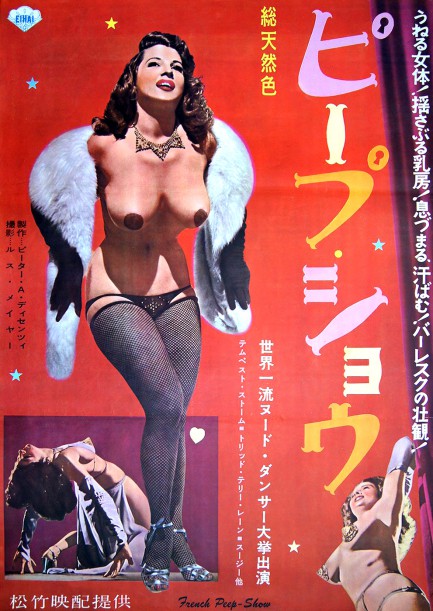
This rare Japanese poster promotes the American movie French Peep Show, which was boob aficionado Russ Meyer’s first sexploitation film in a long, infamous series of them. Shot at Oakland, California’s El Rey Burlesk Theater, it was ostensibly a documentary about dancer Tempest Storm’s quest to make it as a performer, but of course was really just an excuse to film a burlesque show and use the medium of cinema to export it to the masses. The film is presumed lost, which is too bad, because in addition to Storm, it featured Lily Lamont, Terry Lane, Shalimar, Marie Voe, and others. The poster is composed of three famous shots of Storm, one of which we shared a while back, the others of which you see below. You can read a bit more about French Peep Show here. It premiered in the U.S. in 1949, but reached Japan this month in 1954.
| Vintage Pulp | Jun 7 2011 |

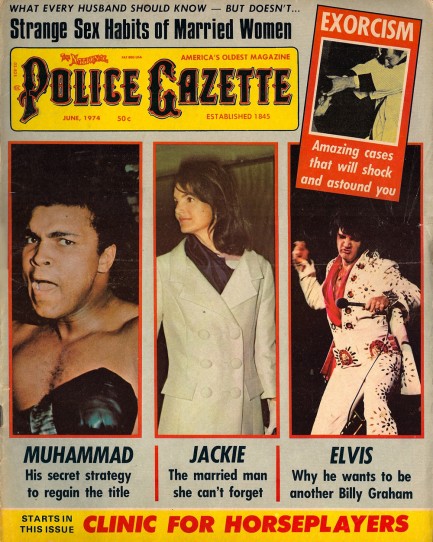
The National Police Gazette didn’t become America’s longest running publication by not knowing which celebrities people wanted to read about. We see that at work on the cover of this issue published in June 1974, which features a triptych of the era’s most tabloid-worthy icons in the fields of sports, politics and music. Muhammad Ali at thirty-three was just past his prime, but was still a great boxer with two of his most memorable bouts still ahead of him; Jacqueline Kennedy Onassis was one of the richest women in the world and a full time obsession for an American public who remembered her mainly as a presidential widow; Elvis Presley was no longer a force on the pop charts, yet his albums were still selling millions of copies and his persona and lifestyle ensured that he remained the best known music star in the world. We’re told by editors that Ali had a master plan to regain the heavyweight title (which he did), that Onassis couldn’t forget a past love named Sir David Ormsby-Gore (unconfirmed), and that Presley wanted to be a preacher (we all know how that turned out). The Gazette also makes room for stories on Howard Hughes, the Oakland A’s, and Jack Dempsey, but they’re all just bit players to the Big Three. We’ve scanned some pages below, and we’ll have much more from The National Police Gazette later.
